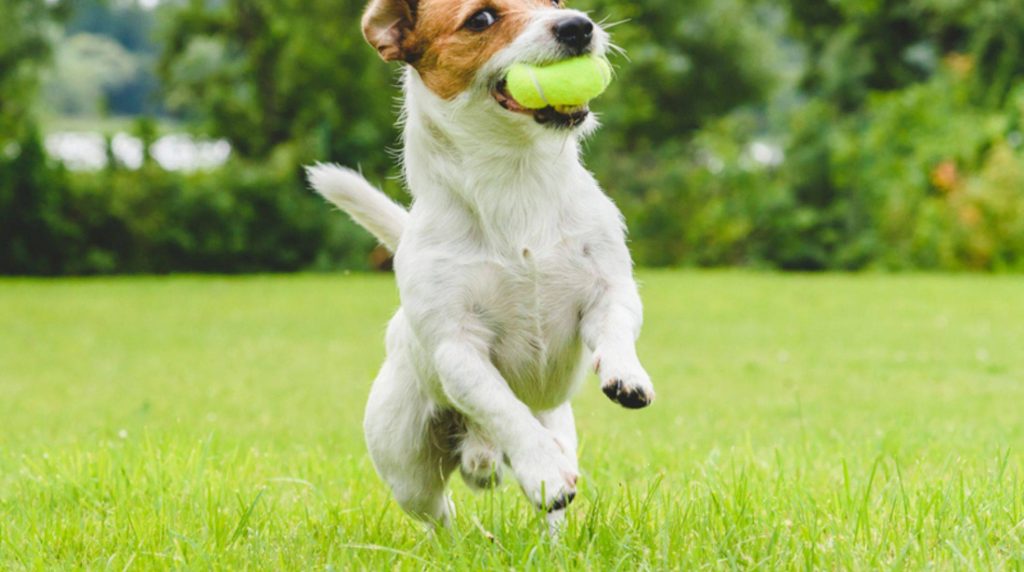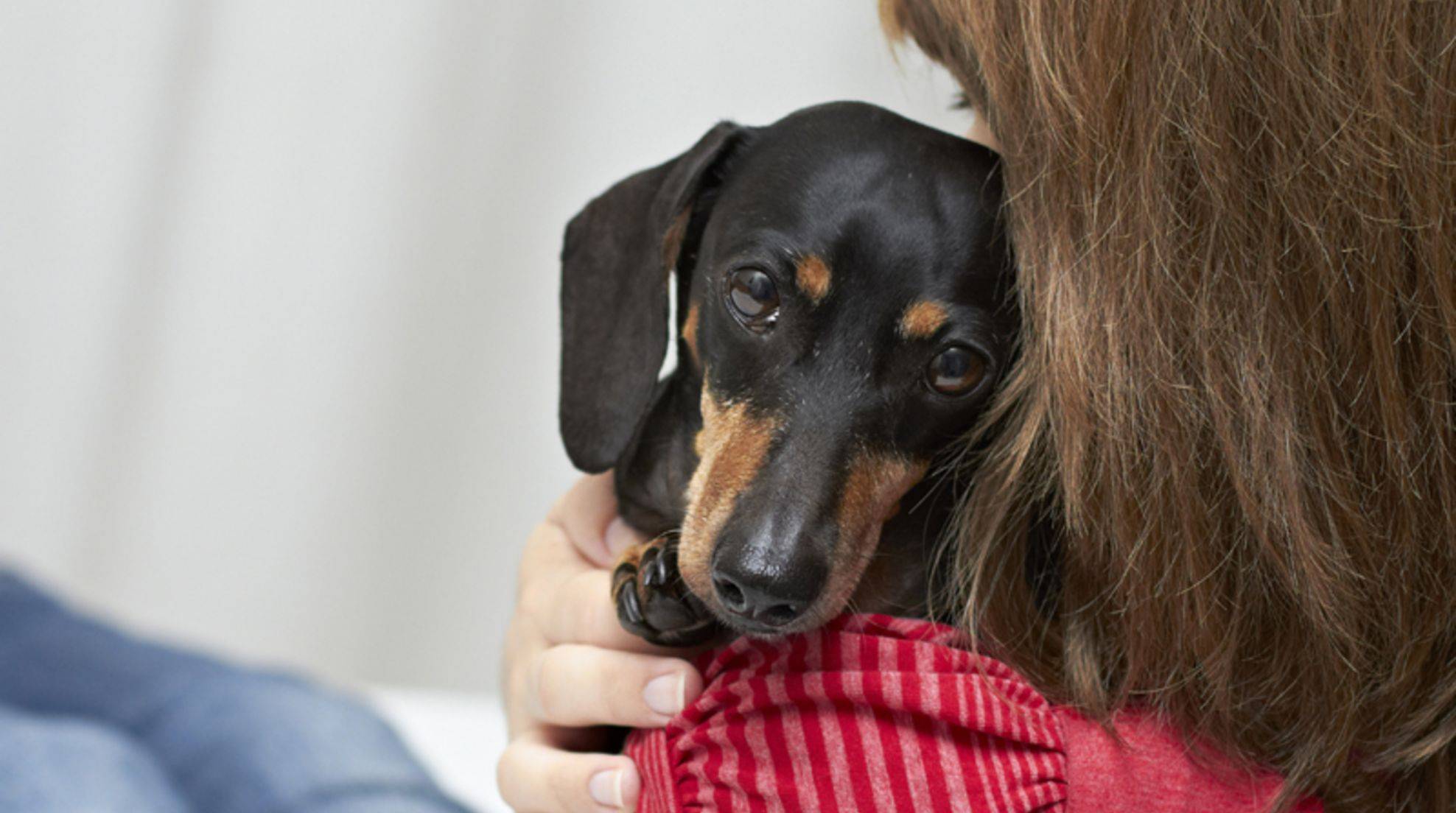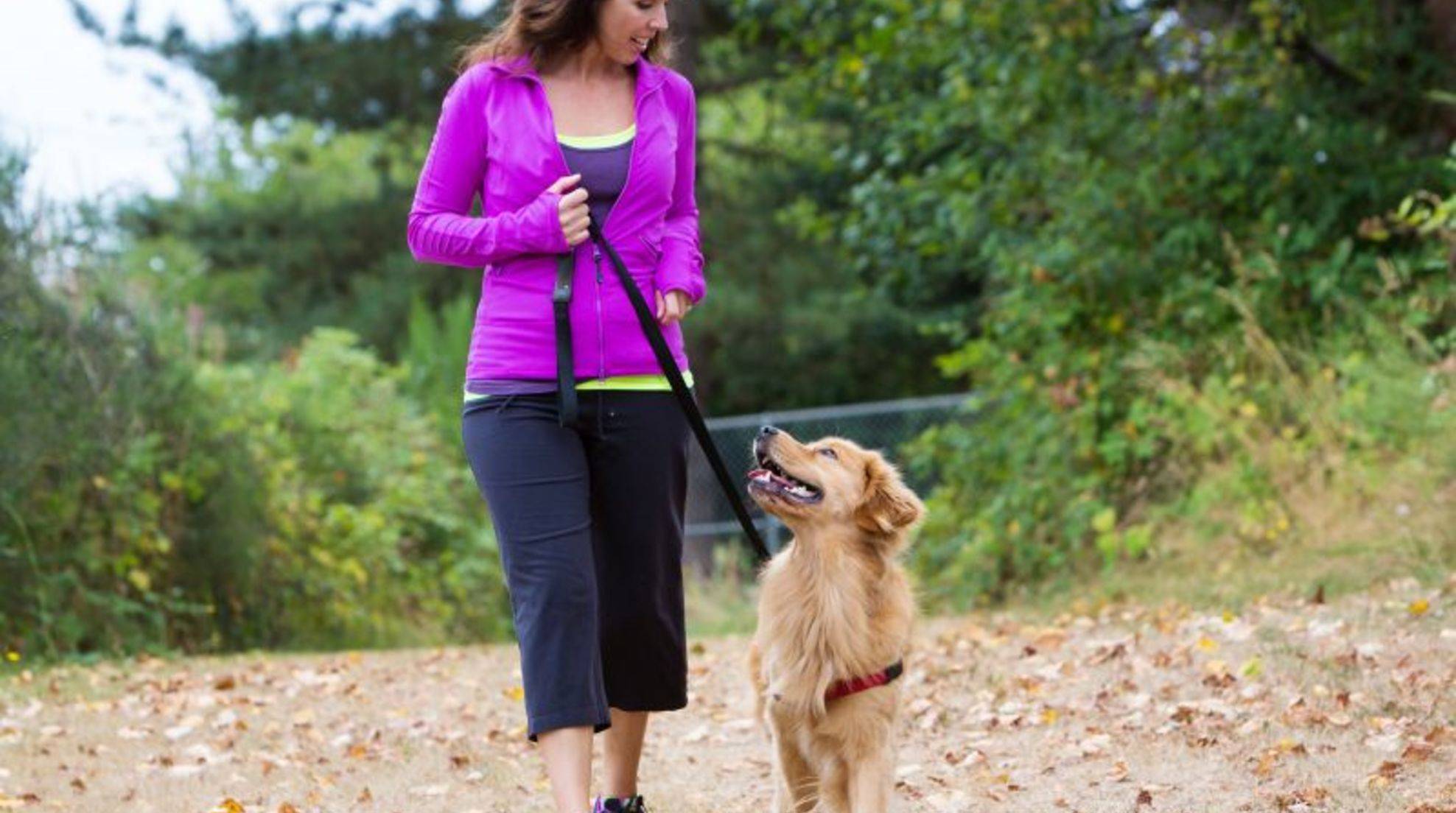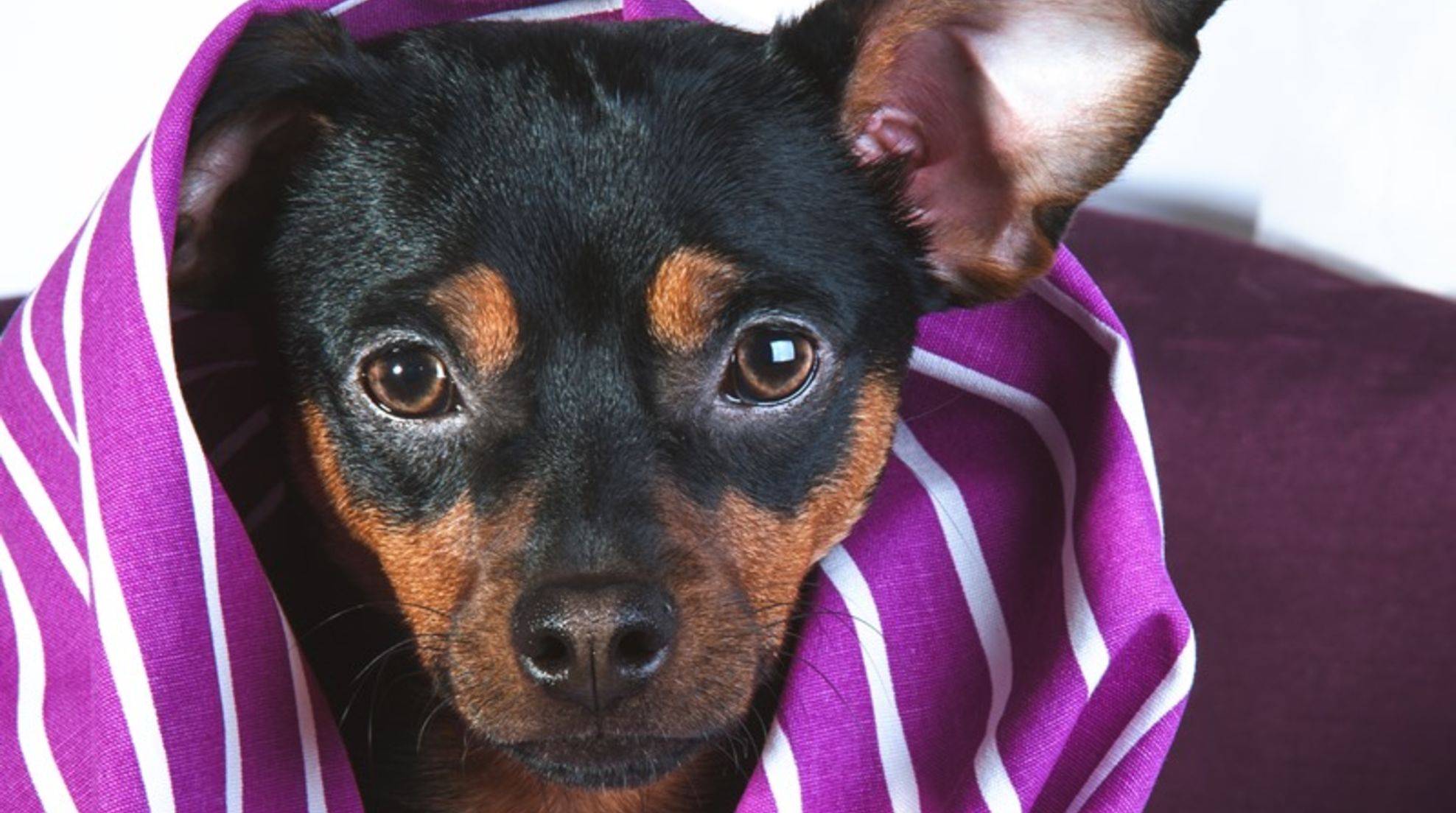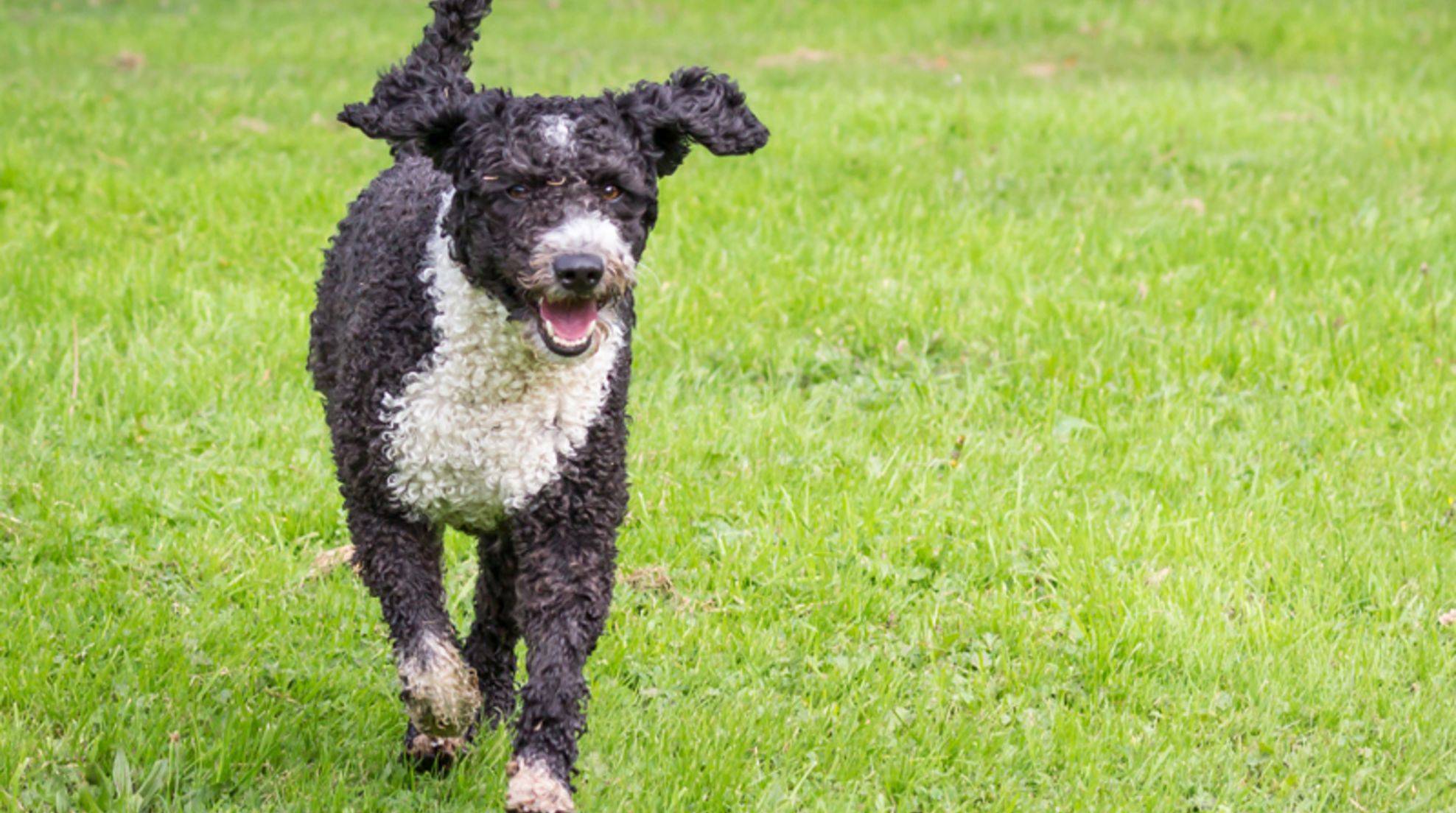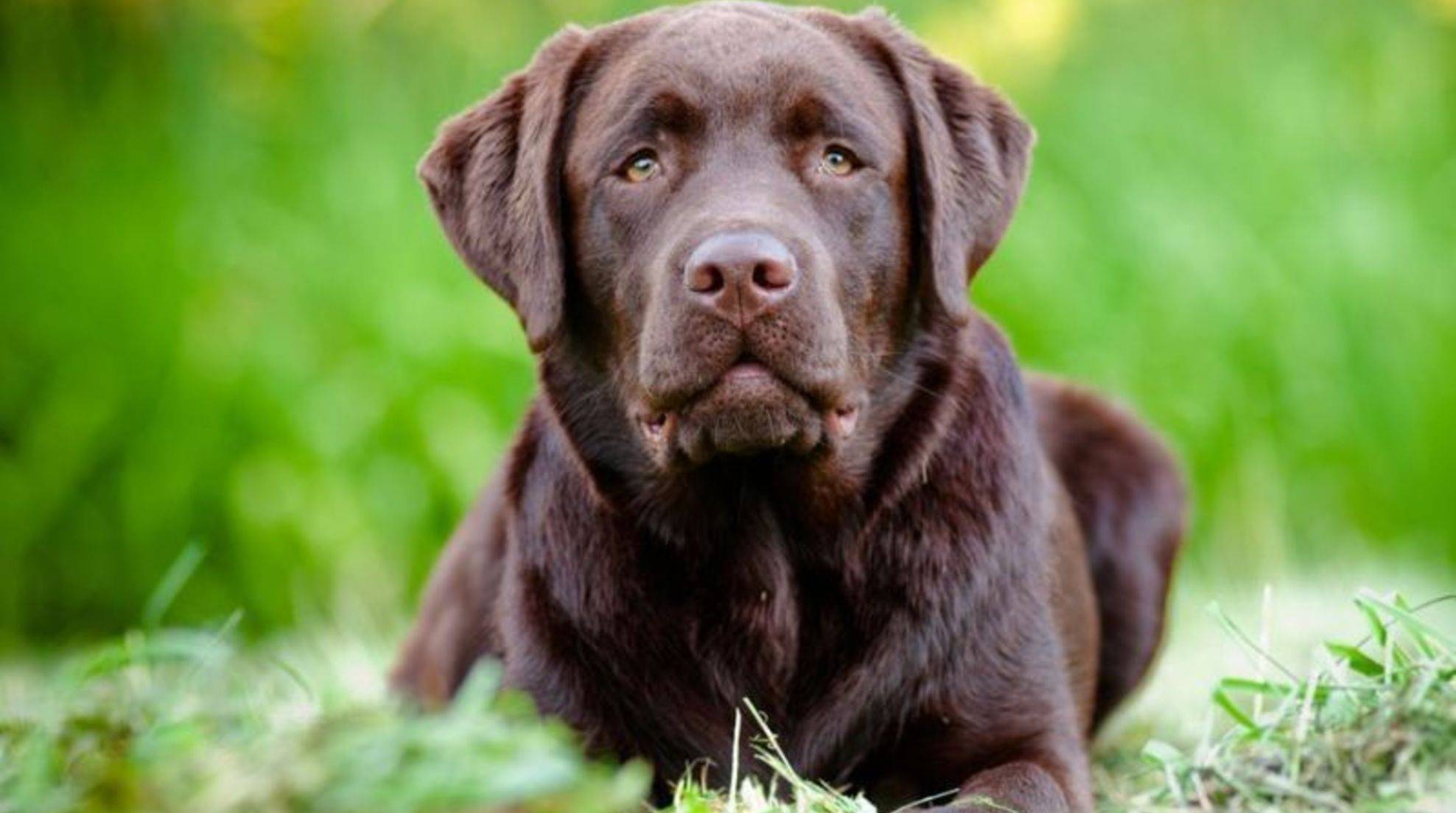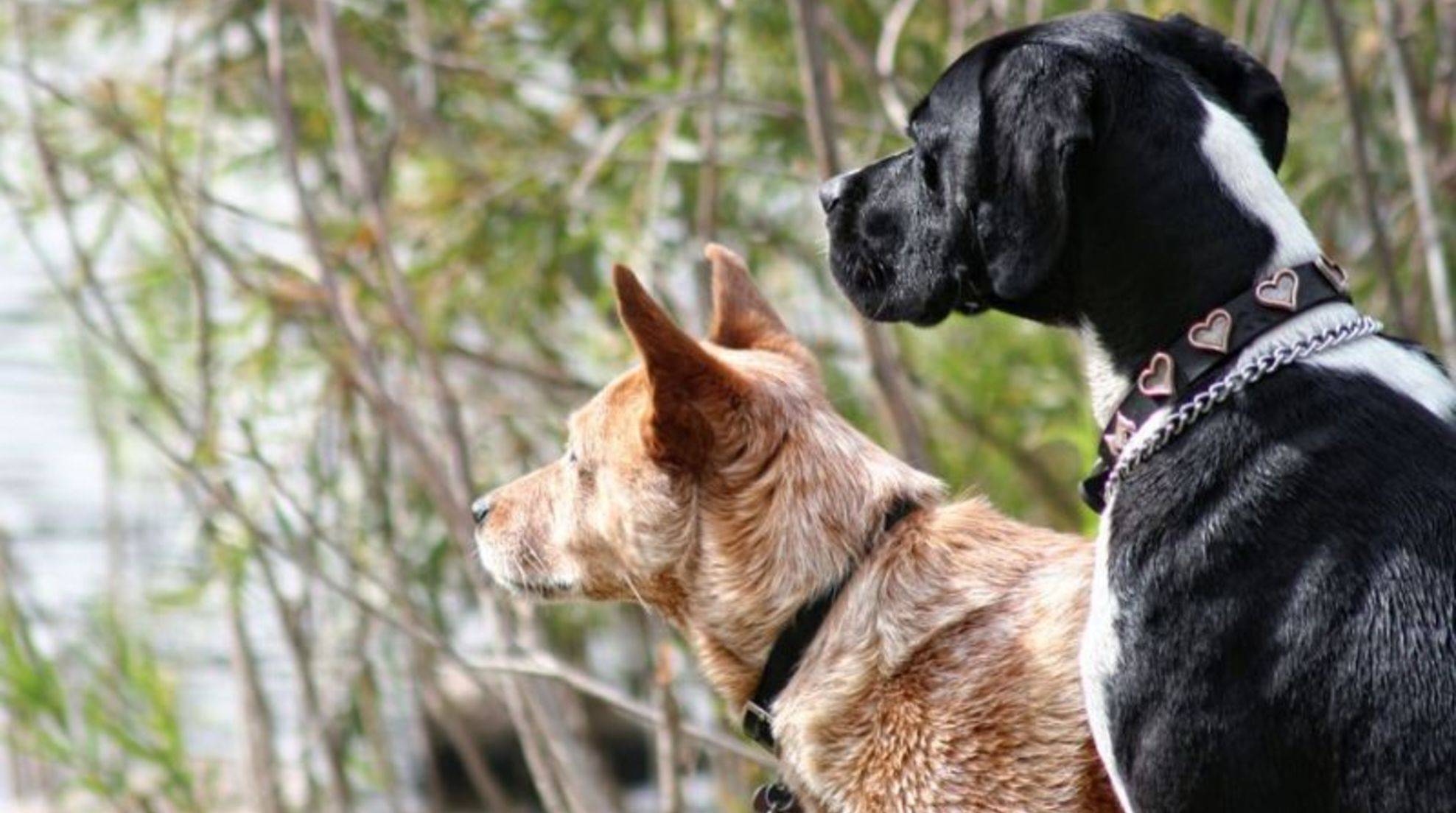Strain in the dog: symptoms and treatment
A strain in a dog is not uncommon – like us humans, four-legged friends can overstretch their muscles and injure themselves. Here you can learn more about the symptoms and treatment options in dogs.
In the park, your four-legged friend was still romping around as if he were in doggie paradise. But now he seems a little tired? Indeed he got a little out of breath during the outing. However, if he limps or assumes a relieving posture, these symptoms point to a strain.
Strain in dogs: possible causes
When a strain occurs, tendons, muscles, or ligaments are injured. Several things can cause this:
Wrong movements: Your dog falls while running, jumping, or playing. He bends over or gets stuck somewhere? Such and similar unfortunate activities can already cause an injury to the muscle tissue.
Incorrect stretching: If your dog exaggerates his stretching movements or stretches too often, this can also lead to strains.
Excess weight: too many kilos on the ribs are also a possible reason for the injury.
Usually, strains occur, especially in the hips or thighs. The overstretched and injured tendons cause severe pain in the dog and are accompanied by sure signs.
Symptoms: Recognize strain in dog
A strain in a dog can show up in different ways. You can recognize the injury by the following typical symptoms:
Limping
Resting the affected leg
Swelling in the injured area
Yelping
Loss of appetite and other behavioral abnormalities
Note: The above symptoms can also indicate a sprain or muscle tear. To clarify what is wrong with your four-legged friend, a visit to the vet is advisable.
Does the dog have a strain? Go to the vet.
The veterinarian will palpate your dog’s muscles and bones. Further tests such as ultrasound or an X-ray may be necessary to make a diagnosis.
Assist the doctor by telling him strictly under what circumstances the injury occurred. He will also want to know when you first noticed a change in your dog.
Also, describe to the vet how your four-legged friend’s behavior has changed: For example, is he sleeping more? Does he limp? Does he no longer want to go for a walk? Does he have no appetite?
Treatment of the strain in the dog
The therapy depends on the type of injury. The veterinarian may apply support bandages to the dog and administer medication for the pain. You can additionally support your four-legged friend in his recovery.
In any case, rest is now essential for your four-legged friend to recover. Go out with your dog only as much as necessary. Daredevil jumps and scuffles with playmates should be completely stopped for at least two weeks.
One wrong move can be enough to reignite or even worsen symptoms. Only when your dog shows no more behavioral abnormalities for several days and usually walks can you let him off the leash again.
Home remedies for strains in dogs
If your dog does not have open wounds, home remedies such as Arnica or Bryonia as drops can help. The homeopathic substances are suitable for washes or poultices and support a fast recovery in case of a strain.
It would also help if you cooled the affected area regularly. This will make any swelling go down. You can relax your dog’s muscles with massages and aquatic exercises.
Preventing a pulled muscle in a dog
You can prevent a pulled muscle in a dog by making sure your four-legged friend is at a healthy weight. A healthy and balanced diet is also essential to protect your furry friend from many diseases. Regular exercise will also make your dog’s muscles fit and less prone to injury.

